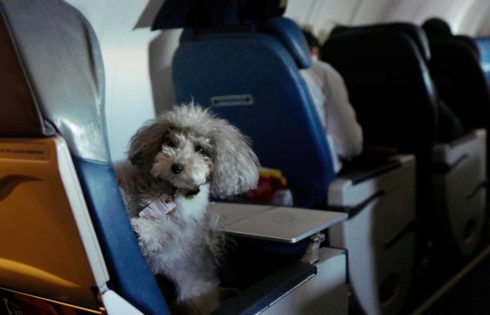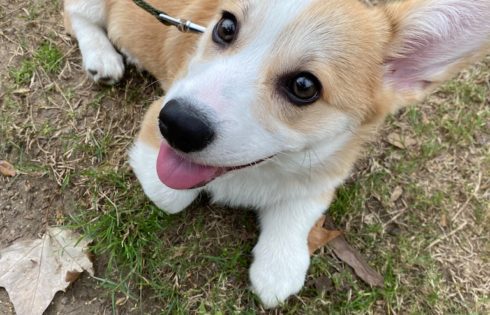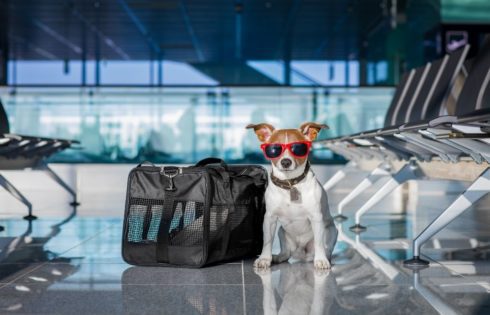
Bringing a Dog to a Hotel: Essential Tips for a Good Stay [2024]
If you’re thinking about bringing your dog with you to a hotel there may be a million questions running through your head. We’ve brought our amazing little corgi (Elroy) with

If you’re thinking about bringing your dog with you to a hotel there may be a million questions running through your head. We’ve brought our amazing little corgi (Elroy) with

Welcome to the world of Marriott’s pet policies, where furry friends are welcomed with open arms (and sometimes big open wallets). From playful pups to cuddly cats, this article aims

Southwest Airlines, like many other airlines, allows you to fly with your pet but there are some rules and restrictions you need to know about before jumping on a plane

There are a few different United Airlines pet policies depending on how and for what purpose you’re bringing along your animals. This article will take a detailed look at the

If you’re thinking about traveling to a hotel with your pet then chances are you have already started looking for hotels where pets are allowed. Something you may not realize

Bringing a pet such as your dog in your rental car is very doable. In fact, a lot of rental car companies don’t actually charge extra money for your furry

Traveling with a pet can be complicated if you don’t understand the rules and regulations of the airlines and the countries you are traveling to. In this guide, I will

When you travel with your favorite pet it might get stressful for not just you but your pet as well. This is why it is very important to understand airline

Traveling with a pet is not always as straightforward as you might think due to the different rules and regulations that may apply. In this article, I will tell you

Are you thinking about bringing your pet with you to your next destination when flying on Spirit Airlines? If so, make sure that you are familiar with all of the
| Cookie | Duration | Description |
|---|---|---|
| cookielawinfo-checkbox-analytics | 11 months | This cookie is set by GDPR Cookie Consent plugin. The cookie is used to store the user consent for the cookies in the category "Analytics". |
| cookielawinfo-checkbox-functional | 11 months | The cookie is set by GDPR cookie consent to record the user consent for the cookies in the category "Functional". |
| cookielawinfo-checkbox-necessary | 11 months | This cookie is set by GDPR Cookie Consent plugin. The cookies is used to store the user consent for the cookies in the category "Necessary". |
| cookielawinfo-checkbox-others | 11 months | This cookie is set by GDPR Cookie Consent plugin. The cookie is used to store the user consent for the cookies in the category "Other. |
| cookielawinfo-checkbox-performance | 11 months | This cookie is set by GDPR Cookie Consent plugin. The cookie is used to store the user consent for the cookies in the category "Performance". |
| viewed_cookie_policy | 11 months | The cookie is set by the GDPR Cookie Consent plugin and is used to store whether or not user has consented to the use of cookies. It does not store any personal data. |
